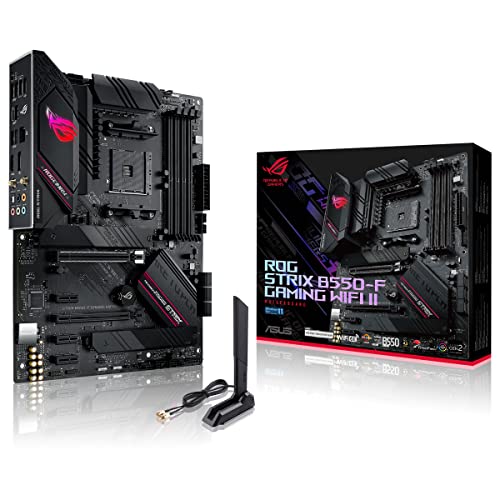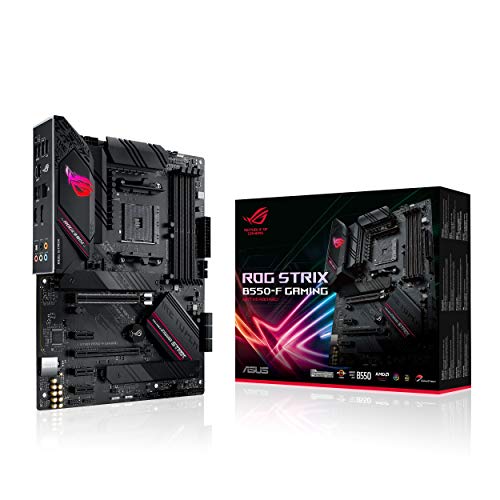What Makes a Computer Tick: Understanding the Basics of Hardware
Computers have revolutionized modern life, and at the heart of these machines is an intricate system of hardware components working harmoniously to perform tasks. Each piece of hardware contributes uniquely to the overall functionality, making the system efficient and versatile. Let’s dive deeper into the various hardware components, their importance, and how they form the foundation of every computing device.
1. Central Processing Unit (CPU): The Brain of the Computer
The CPU is the pivotal component responsible for executing instructions and processing data. It performs calculations, manages operations, and ensures the system responds to user commands. Modern CPUs are designed with multi-core architectures, allowing them to handle several tasks simultaneously. Popular processors include Intel’s Core i5, i7, and i9 series as well as AMD’s Ryzen processors, each tailored to different workloads and budgets.
For instance:
Casual Users: Dual-core or quad-core CPUs offer sufficient performance for web browsing, streaming, and office tasks.
Gamers and Creatives: Hexa-core or octa-core processors provide the power required for gaming, video editing, and multitasking.
Professionals and Enthusiasts: High-end CPUs with advanced features like overclocking and hyper-threading enable seamless productivity for data analysis, rendering, and simulations.
2. Graphics Processing Unit (GPU): Visual Powerhouse
The GPU is essential for rendering and displaying visuals. Integrated GPUs suffice for basic tasks, but dedicated GPUs like NVIDIA’s GeForce RTX or AMD’s Radeon RX series are vital for demanding applications such as 3D modeling, gaming, and video editing.
A robust GPU:
Enhances frame rates and visual quality in games.
Reduces rendering times for videos and 3D designs.
Supports modern technologies like ray tracing and AI-based enhancements.
3. Random Access Memory (RAM): Temporary Workspace
RAM acts as a high-speed workspace, temporarily storing data that the CPU needs to access quickly. Systems with higher RAM capacities can run multiple applications without slowdowns. While 8GB of RAM is often sufficient for light users, 16GB or 32GB is recommended for gamers, professionals, or multitaskers. The speed of RAM (measured in MHz) also influences system responsiveness, particularly in tasks like gaming or large-scale data manipulation.
4. Storage Devices: Where Data Lives
Data storage is critical for preserving files, programs, and the operating system. There are two main types of storage:
Solid-State Drives (SSDs): Offer lightning-fast speeds, reducing boot times and enabling quick access to files and programs. NVMe SSDs are the latest standard, delivering unparalleled performance.
Hard Disk Drives (HDDs): Provide more storage space at a lower cost, ideal for archiving large files like videos or backups.
Many users opt for a hybrid approach, using an SSD for the operating system and frequently accessed applications while storing less critical data on an HDD.
5. The Motherboard: The System’s Spine
The motherboard connects all hardware components, ensuring smooth communication between them. It dictates which processors, RAM, and storage options can be used, and offers expansion slots for GPUs and other peripherals. Choosing the right motherboard ensures compatibility, performance, and future-proofing for potential upgrades.
6. Power Supply Unit (PSU): The Silent Engine
The PSU provides electricity to all components. Selecting a PSU with sufficient wattage and efficiency is crucial for stable and reliable operation. The 80 Plus certification (e.g., Bronze, Gold, Platinum) indicates energy efficiency, reducing power consumption and heat.
7. Cooling Systems: Keeping Temperatures in Check
Modern hardware generates heat, especially during intensive tasks. Cooling systems, such as air coolers or liquid cooling setups, ensure that components stay within safe temperature ranges. Proper cooling boosts performance and prevents hardware degradation over time.
8. Peripherals: Bridging User Interaction
While internal components handle processing power, peripherals enable interaction with the system. Ergonomic keyboards, precision mice, and high-resolution monitors enhance usability and elevate productivity. Gaming peripherals, such as mechanical keyboards and high-refresh-rate monitors, cater to enthusiasts seeking an edge.
How These Components Work Together
Each component has a specific role, but their synergy defines a computer’s overall performance. The CPU processes data, while RAM ensures quick access to it. Storage holds the data, and the motherboard facilitates communication between all parts. Meanwhile, the PSU powers the system, and the cooling system prevents overheating. Peripherals tie everything together, providing an intuitive and enjoyable user experience.
Conclusion
Understanding the fundamentals of computer hardware unlocks the ability to build, upgrade, and optimize systems tailored to specific needs. Whether you’re a casual user, a gamer, or a creative professional, knowing the role of each component helps you make smarter choices. In an age of rapid technological advancements, staying informed about hardware ensures you remain ahead of the curve and ready to embrace future innovations.
View our related products
See more
ASUS ROG Strix B550-F Motherboard
Asus
Product Review Score
4.48 out of 5 stars
227 reviews$189.99 $149.99


MSI B450 Gaming Max Motherboard
Msi
Product Review Score
4.44 out of 5 stars
50 reviews$114.99 $109.99

ASUS ROG Strix B550-F Motherboard
Asus
Product Review Score
4.41 out of 5 stars
170 reviews$159.99 $149.99
Understanding the Basics of Hardware
Computers have revolutionized modern life, and at the heart of these machines is an intricate system of hardware components working harmoniously to perform tasks
View our related products
See more
ASUS ROG Strix B550-F Motherboard
Asus
Product Review Score
4.48 out of 5 stars
227 reviews$189.99 $149.99


MSI B450 Gaming Max Motherboard
Msi
Product Review Score
4.44 out of 5 stars
50 reviews$114.99 $109.99

ASUS ROG Strix B550-F Motherboard
Asus
Product Review Score
4.41 out of 5 stars
170 reviews$159.99 $149.99
Related Articles
Essential High-Performance PC Components You Need Now
Upgrade your setup with the must-have parts for unbeatable gaming and productivity
Top Picks for Best High-Performance PCs
Find the perfect power machine for gaming, work, or creative projects
Your Guide to the Best High-Performance PCs
Find the Right PC for Your Gaming and Creative Needs


